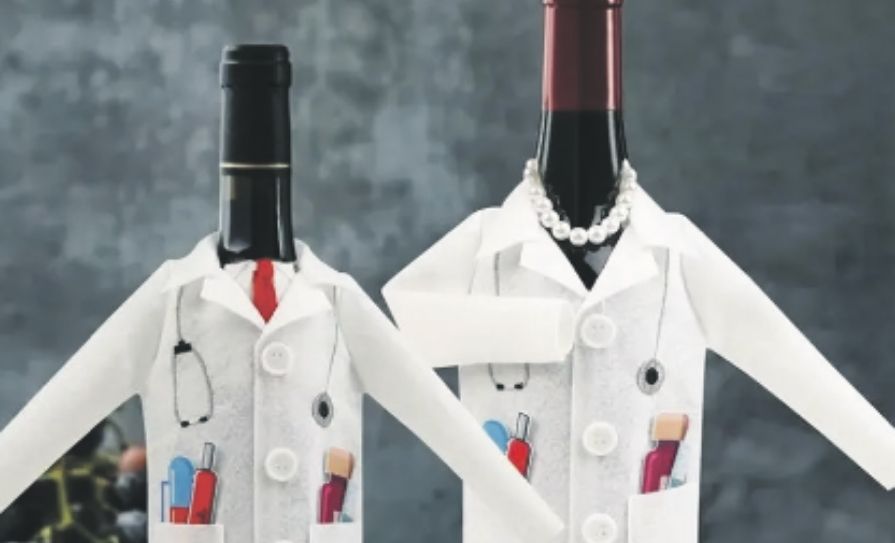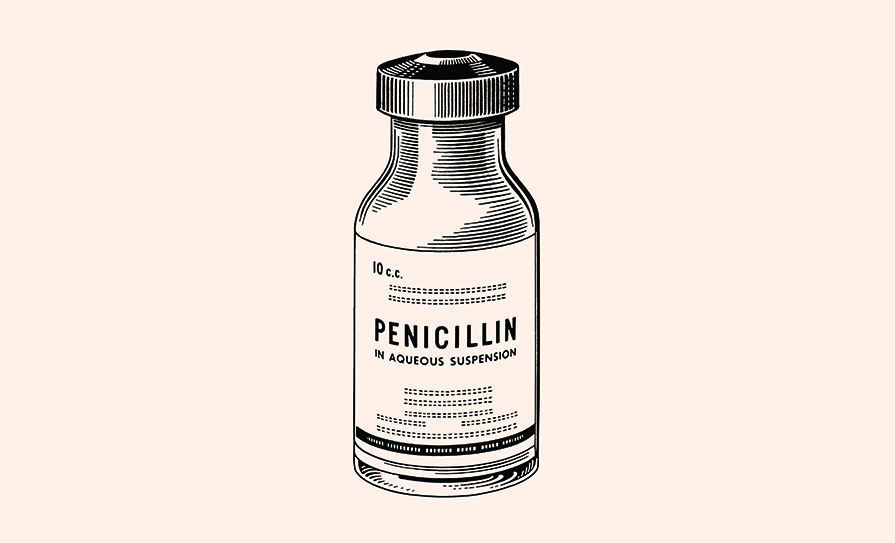<div> <h3 class=”DORSALheadMIstyles”>Creating an opportunity from tragedy</h3> </div> <div> <table cellspacing=”0″ cellpadding=”0″> <tbody> <tr> <td align=”left” valign=”top”>
The dust is still settling following the tragic and untimely death of Munster coach and Ireland stalwart Anthony Foley. If the rugby community is still coming to terms with death, one can only imagine how his family is dealing with the situation.
</td> </tr> </tbody> </table> </div>
Of course, with such an unexpected death in an apparently healthy person, one’s thoughts turn to all things cardiovascular.
Sure enough, following an autopsy, the Public Prosecutor in Nanterre, France, revealed that Foley died from cardiogenic pulmonary oedema due to an undetected heart rhythm disorder. The fact that Foley died at the tender age of 42 should give pause for thought, not only for the general public, but also for pharmaceutical companies to try to tackle this ‘silent killer’.
At time of writing, we are awaiting toxicology reports but it’s safe to say that this may be the first time many members of the public have even heard of pulmonary oedema. You may have seen an increase in the clinic of patients with shortness of breath who now fear the worst.
His loss is of course tragic but if one was to take a step back from the situation, it becomes clear that there is an opportunity here to raise public awareness of undetected heart disease and cardiovascular defects.
The door is now open wide for a pharmaceutical company to ‘run with the ball’ on this via public awareness campaigns and help to avoid as many of these deaths as possible into the future. Foley was a pragmatist and if he thought something positive could come from his death, there’s no doubt it would give him satisfaction.
He had an extraordinary ability to read a game and see the ‘bigger picture’ — he had an almost uncanny skill to know where the ball was, and should be, going and if in death he can save a few lives, he would surely approve.
I’ll finish with a typical Foleyesque story, as reported by the <em>Irish Examiner</em>. When he led his Munster team back to Limerick as European champions in 2006, rather than filling the cup with Champagne, Foley visited his local chip-shop and asked the fry cook to fill it with chips.
In a wonderfully bizarre scenario, Foley et al toured the pubs of Limerick with the trophy filled to the brim with piping-hot chips.
Proprietor of Rasher’s pub Donal Mulcahy recalled: “Anthony came in with Paul O’Connell and a lot of the team and when they produced the cup, I realised it was full of Luigi’s chips. The chips were great soakage for the liquid celebration they were having.”
RIP to a man who was surely an Ireland coach in-waiting.
<h3>A Nobel endeavour</h3>
Can it be that time of the year again? The Ig Nobel awards were established in 1991 with the aim to “honour achievements that first make people laugh, and then make them think”.
The winners of the 2016 awards were announced recently and included the usual line-up of quirky and sometimes thought-provoking research projects.
The Medical Prize — although it may be stretching the term somewhat — went to a German team for a paper titled ‘Itch Relief by Mirror Scratching: A Psychophysical Study’. Their work discovered that if you have an itch on the left side of your body, you can relieve it by looking into a mirror and scratching the right side of your body, and vice versa.
The Biology Prize went to two UK researchers for their paper titled ‘GoatMan: How I Took a Holiday from Being Human’.
The first researcher, Charles Foster, lived in the wild as, at different times, a badger, an otter, a deer, a fox and a bird, while Thomas Thwaites created prosthetic extensions of his limbs that allowed him to move in the manner of, and spend time roaming hills in the company of, goats.
The Psychology Prize was awarded to a Belgian team for their work on ‘From Junior to Senior Pinocchio: A Cross-Sectional Lifespan Investigation of Deception’. They were honoured for asking 1,000 liars how often they lied, and for deciding whether to believe their responses.
A multinational team won the Physics Prize for their work with the bewildering title, ‘An Unexpected Advantage of Whiteness in Horses: The Most Horsefly-Proof Horse Has a Depolarising White Coat’. They studied how white-haired horses are the most horsefly-proof members of their species and why dragonflies are fatally attracted to black tombstones.
The late Egyptian researcher Ahmed Shafik was awarded the Reproduction Prize for studies on the effects of wearing polyester, cotton or wool trousers on the sex life of rats and for conducting similar tests with human males, in his paper titled ‘Effect of Different Types of Textiles on Sexual Activity: An Experimental Study’.
An honourable mention goes to a US-Canadian team, who won the Peace Prize for their self-explanatory paper, ‘On the Reception and Detection of Pseudo-Profound Bullshit’.
For the full list of winners and access to their papers, go to the Journal of Improbable Research at <a href=”http://www.improbable.com”>www.improbable.com</a>.












Leave a Reply
You must be logged in to post a comment.